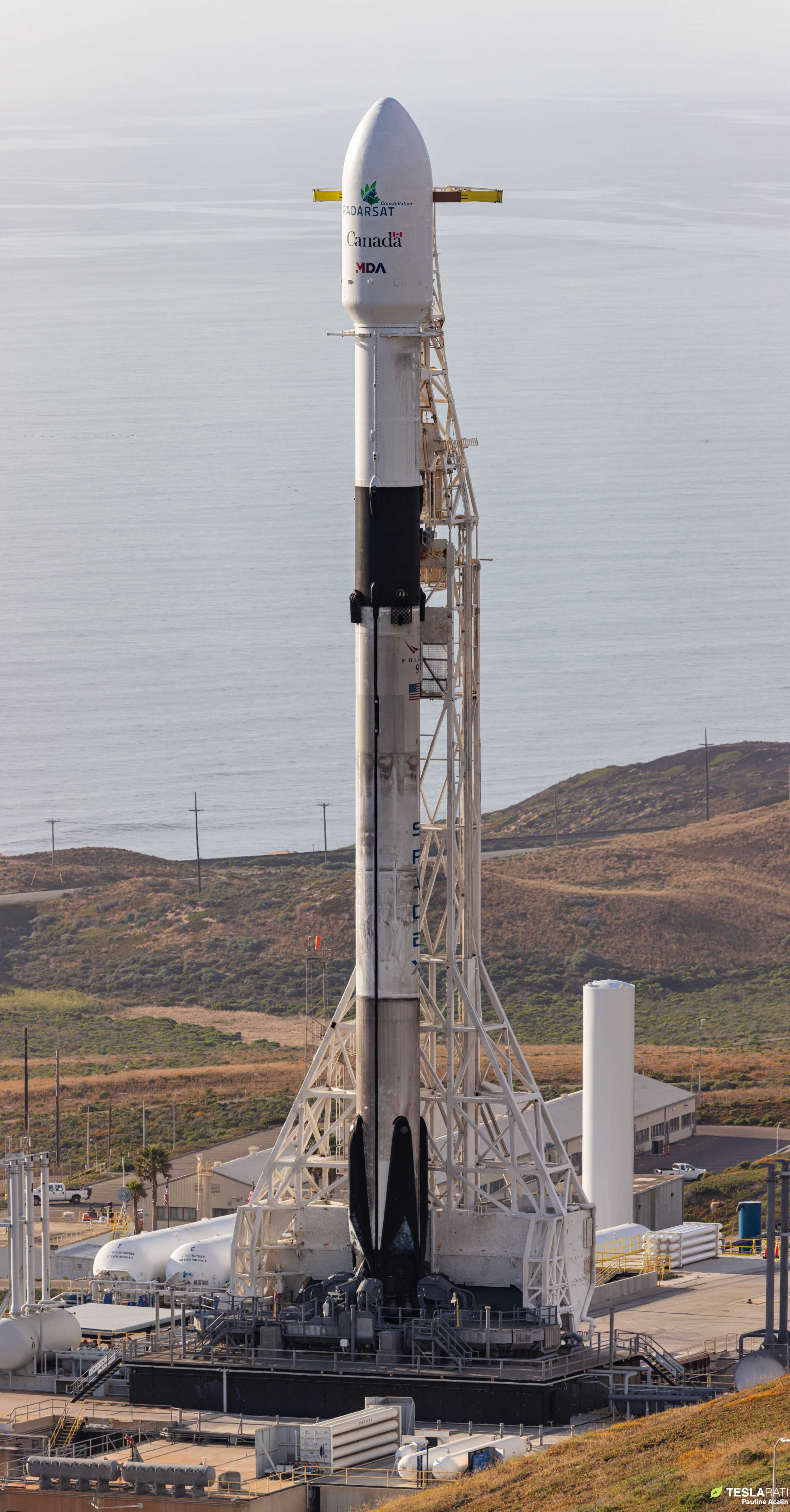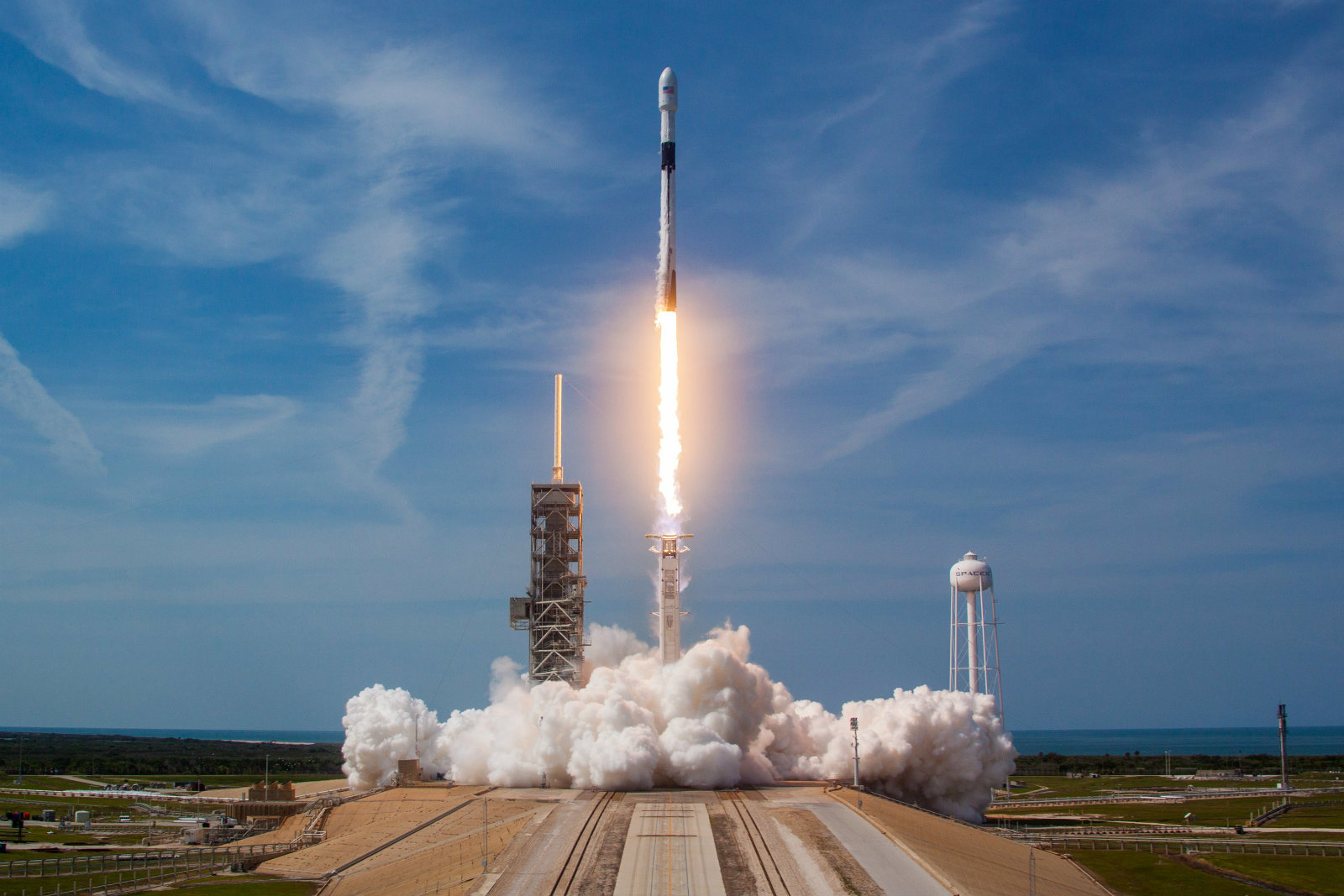

#Spacex falcon 9 license
However, additional changes made to its Starlink Gen2 FCC license application in August 2022 suggest that SpaceX has at least partially tempered that all-in bet on Starship. In theory, that makes it at least somewhat easier for Starship to make a major impact even as SpaceX works to ramp up the brand-new rocket’s launch cadence, a task that has almost always taken several years. Starship’s Starlink Gen2 deployment mechanism is far different than Falcon 9’s current Starlink V1/V1.5 approach. With the benefit of technical Starlink Gen2 satellite details and renders provided by SpaceX and CEO Elon Musk in Q2 2022, a single Starship Gen2 launch using the current satellite and rocket designs and carrying 54 satellites could potentially deploy around 7-8 times more usable bandwidth than a Falcon 9 with Starlink V1.5, meaning that Starship could achieve similar deployment results with just a few launches per year.

In January 2022, SpaceX chose to solely pursue the constellation optimized for Starship, strongly indicating that the company believed the rocket would be ready to support Starlink launches in the near future – or at least around the same time the constellation receives its Gen2 FCC license. Just as importantly, SpaceX’s August 2021 modification made it clear that the company would prefer to launch the entire constellation with Starship, although it included an alternative constellation design that would lend itself better to Falcon 9 launches. That revision revealed plans to dramatically increase the size and capabilities of each Gen2 satellite, boosting their maximum throughput from about 50 gigabits per second (Gbps) to ~150 Gbps. In August 2021, SpaceX failed a major Starlink Gen2 revision with the FCC that started the company along the path that led to now.


 0 kommentar(er)
0 kommentar(er)
